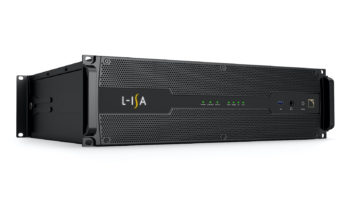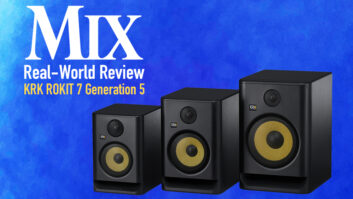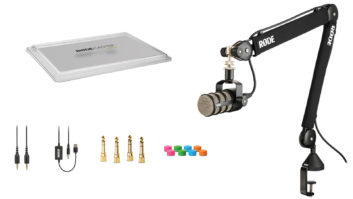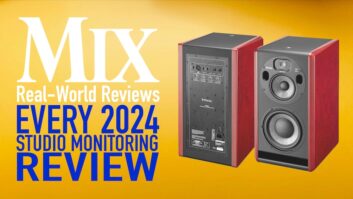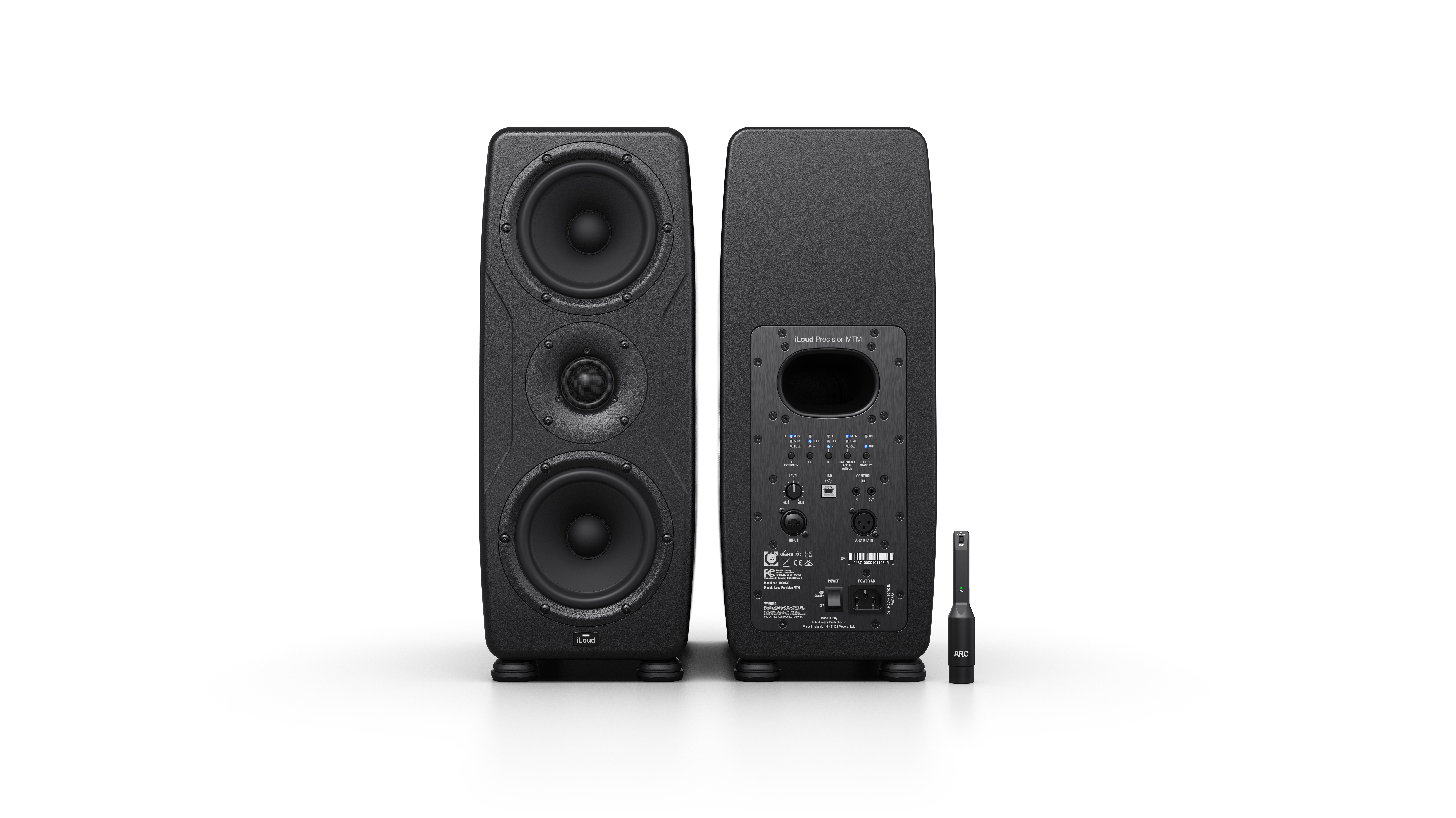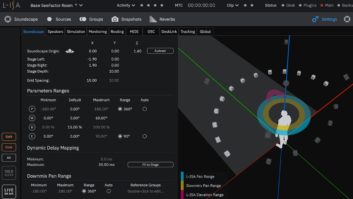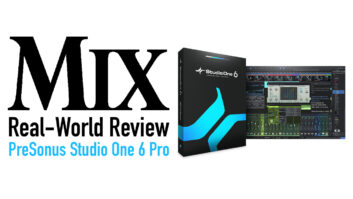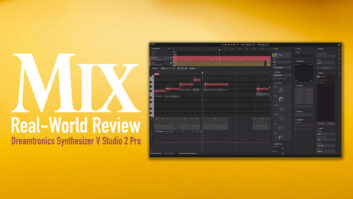A new series of affordable two-way nearfield monitors is not newsworthy, nor are great sounding monitors for reasonable prices—but monitors that cost this little and sound this good? Now that is newsworthy. Sterling Audio, a division of Guitar Center, has brought its MX line to market, which includes models with 3”, 5” and 8” woofers. I’ve reviewed the two largest models of the line here.
The MX5 and MX8 feature a 1” silk dome tweeter with neodymium magnet, a four-layer voice coil on the woofer, bi-amplified Class A/B amplification (a total of 70 and 125 watts, respectively), rear ports, a WaveGuidanceVH tweeter waveguide (that allows wide dispersion both horizontally and vertically), XLR/TRS/RCA inputs, a non-stepped level control, a high-frequency control (10 kHz at +/-2 dB) and a low-frequency control (75 Hz at +/-3 dB).
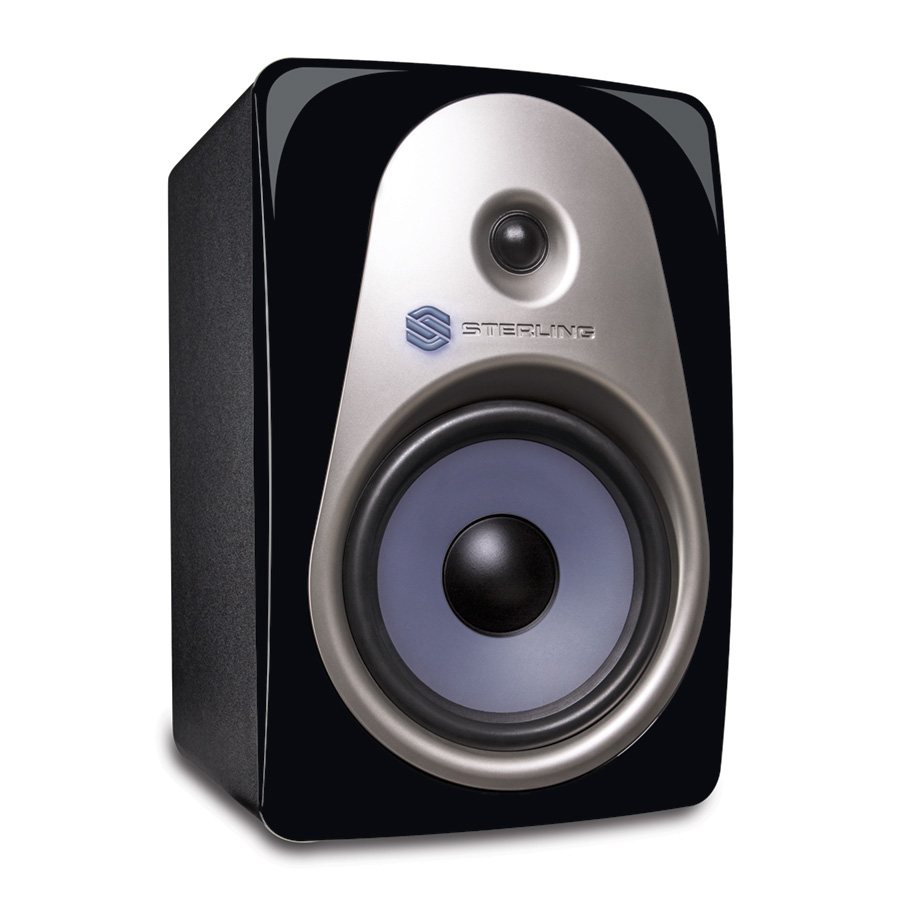
I tried out the MX5s first and was surprised at just how “complete” they sounded. At reasonable 85 dB-ish levels, dynamics were open, bass reached low enough, low-mids were only mildly scooped, there were no nasal bumps, no empty notches. The top was just a little edgy but nice. I turned them up a bit and found their max output (about 98 dB at the mix position about 5 feet out) displayed no rattles or odd resonance; dynamics got noticeably compressed and the upper-mids got a little nasty. The sweet spot was plenty wide, rather “tall,” too, and they threw out to nearfield distances, if not quite reaching the mid-field.
Sterling Bows Ribbon, Condenser Mics, by Strother Bullins, Aug. 16, 2017
With the bass EQ in the +2 dB position engaged, I liked the balance much more. That top end seemed plenty smooth now, and the bass extension, as well as its uniformity and definition, were downright excellent for a mere 5” monitor. Just for fun, I tried the MX5s with both EQ points, high and low, at the -2 dB position and found that slightly beautifying mid-dip at around 350 Hz now gone and the overall sound to be quite flat—more of a reference balance, if not a particularly musical one.
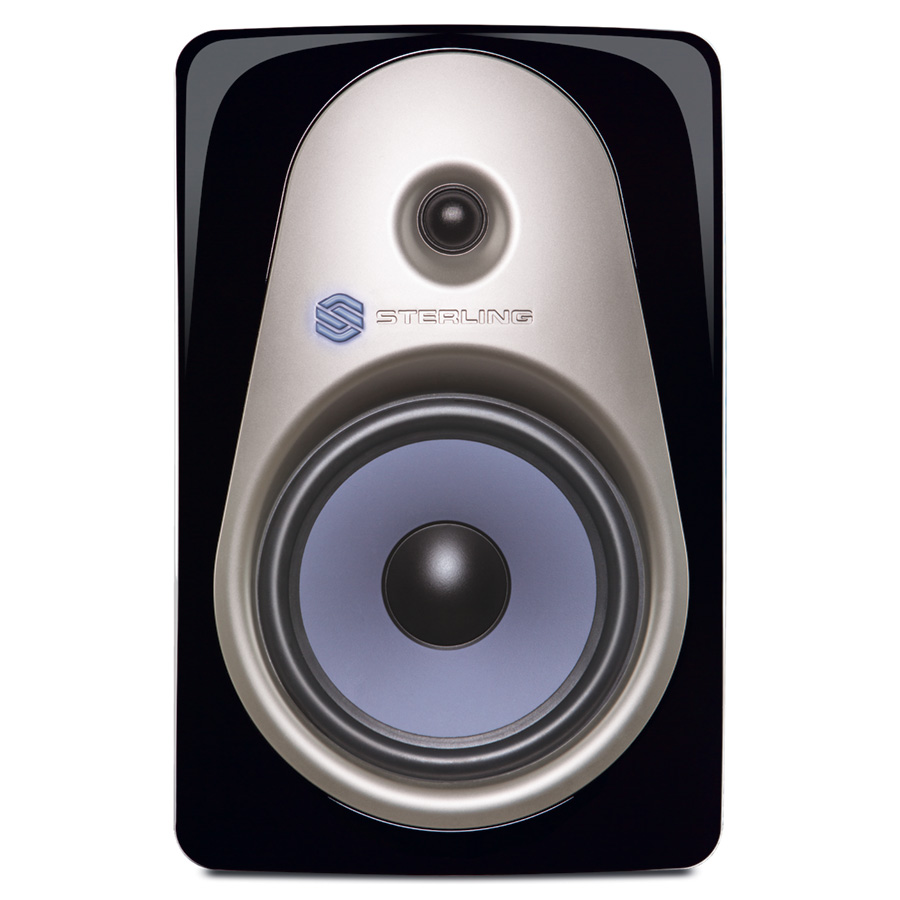
Rather impressed with the 5s, it was time to try the MX 8s, which share just about every feature of the 5s except for a larger woofer and a slightly lower crossover point (3 kHz for the 5s; 2 kHz for the 8s). Sure enough, the 8s reached a little lower in their response, although the 5s actually seemed to have sweeter low-mids! High-mids sounded a little different, too—a little forward and more forceful with the 8s. I cranked them up only to find them quite like the 5s: slightly restricted dynamics at medium volumes, a little scratchy at higher volumes and favoring that +2 bass EQ to smooth them out a little.
At this point, I decided to swap out my usual 4’ XLR cables for some 6’ Accusound cables that I’ve also been reviewing and found some interesting results. The slight high-mid overemphasis and the touch of hollowness in the low-mids that made the 8s seem harsh at high volumes cleared right up with the Accusound cables! The 8s now had that same musicality and complete-ness that the 5s had, but with a slightly bigger and more forceful sound.
I checked to make sure I was not mistaken and indeed, the MX5s are $129 each (online direct) and the MX8s are $179 each. That makes them low-priced in a crowded field of low-price competitors from the likes of Adam, JBL, KRK, M Audio, Mackie, Yamaha and others. With this in mind, I sauntered down to the local Guitar Center, plugged my thumb drive into their iMac and ran through all of the above manufacturers at both 8” and 5” models. Long story short, the Sterlings had the best top end except for the Adams (and their sweet ribbon tweets), the most balanced bottom of all except for the KRKs, volume and dynamics right there with the pack, and the best performance-per-dollar ratio of the entire group, by a wide margin.
Sterling Audio MX Series Studio Monitors, by Strother Bullins, March 15, 2016
The MX5 and 8 monitors do not have advanced features like networking, room analysis or software control; they don’t even have peak indicators, output limiters (as far as I can tell) or a midrange control (desktop or wall-mount mid-dips are common these days). They don’t have common consumer features like Bluetooth, USB inputs or EQ curve presets. The MX 5s and 8s do, however, have top-of-class performance among budget monitors, just enough flexibility of EQ to suit different tastes/rooms, and a price that is a new standard in low. Now there’s no excuse to not have a second (or third) set of monitors for comparisons, or a nice set in the B room, or your first pair of good and loud rock ’n’ roll monitors for the budding bedroom enthusiast.
Sterling Audio • sterlingaudio.net
Guitar Center • www.guitarcenter.com
